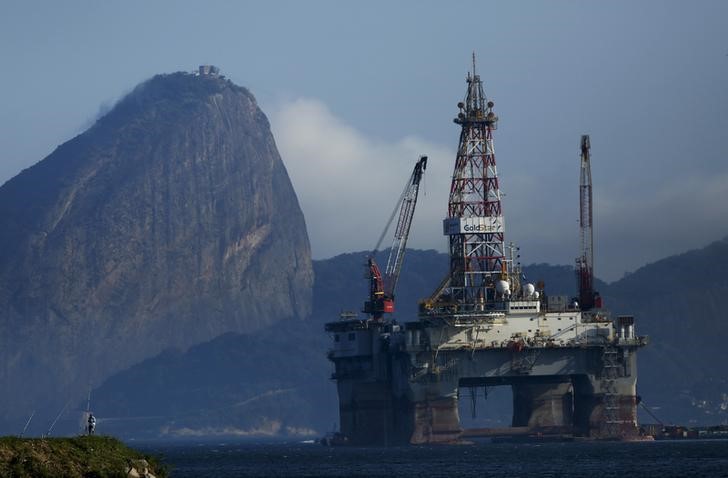Trump to impose 100% tariff on China starting November 1
(Bloomberg) -- Brazil is providing one of the few bright spots for oil demand outside of Asia with the coronavirus continuing to ravage the U.S. and Europe.
Fuel consumption in Latin America’s largest economy has already surpassed pre-virus levels and is expected to be stronger than 2019 going into next year on the back of robust agricultural demand and more driving.
“The rebound in fuel demand was a big surprise,” said Paula Jara, an analyst at consultancy Wood Mackenzie Ltd. “When you come to think about it, Petrobras is arguably a unique case worldwide because they were able to raise fuel-making pretty quickly,” she said by phone from Mexico City.
Brazil’s state-controlled Petroleo Brasileiro SA refineries processed 1.85 million barrels a day of crude oil in October, a 17% increase compared with the same time a year ago as the company worked to meet stronger diesel demand from a record crop season and a pull for gasoline for summer driving. Petrobras has also been benefiting from increased demand for the low-sulfur fuel oil it produces.
Brazil’s surge in oil demand is a welcome development for a global market that’s been forced to push back expectations for when energy demand might get back to pre-virus levels.
In Sao Paulo, the country’s most populous state, with 46 million people, miles driven by passenger cars have been above pre-Covid levels since the end of August, according to data from Alphabet (NASDAQ:GOOGL) Inc.-owned Waze, a traffic navigation app. Brazilians are driving distances that are similar or above pre-virus levels but that hasn’t translated into more traffic jams as the pandemic changed drivers’ habits, says Douglas Tokuno, head of Waze Carpool in Latin America.
“While trips to work or college have dropped, Brazilians have been using cars more often for traveling over 150 kilometers (93 miles) and to go to supermarkets, gas stations and stores,” Tokuno said.
A record crop of soybeans and corn that the country finished planting in October drove diesel consumption to a six-year high after a lack of rainfall delayed planting that was expected to start in September.
“Planting was so concentrated in October that I had my John Deeres working virtually 20 hours a day, with the headlights on all through the night,” soybean and cotton grower Paulo Sergio Aguiar, whose family plants an area larger than Chicago, said in a phone interview. Aguiar, who is also head of the cotton grower’s trade group Ampa, in Mato Grosso state, said he and his neighbors had to make extra purchases of diesel to keep the diesel-hungry machinery going.
Diesel demand is less likely to be as strong in November and December but will pick again the first quarter when the soybean harvest starts. That’s the busiest time of the year on roads, when an amber wave of soybean-laden trucks travel 1,200 miles to deliver their cargo to exporting terminals on the coast.
©2020 Bloomberg L.P.
